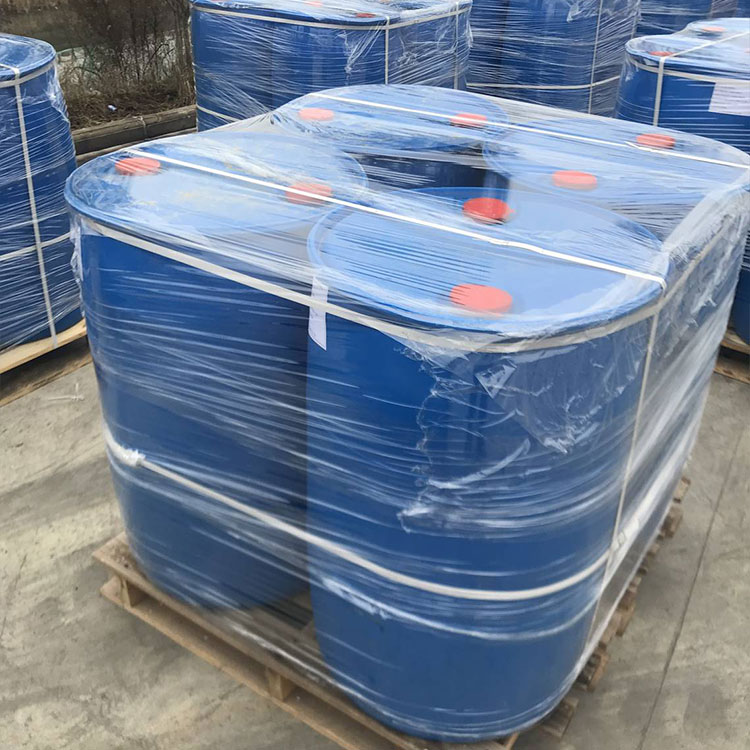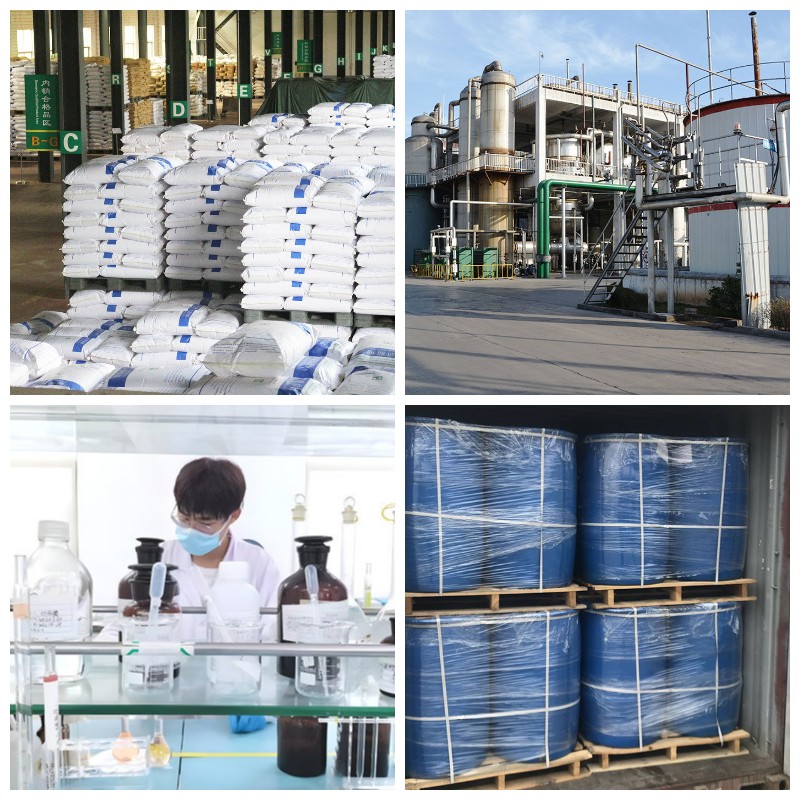Acetic acid (food grade)CAS#64-19-7
CAS Number: 64-19-7
Chemical Formula: C2H4O2
Synonyms:
WIJS CHLORIDE
WIJS IODINE SOLUTION
WIJ'S IODINE SOLUTION
Appearance: Colorless liquid
HS Code: 29152100
MOQ (Minimum Order Quantity): 1 FCL (Full Container Load)
Products Description of Acetic acid (food grade) CAS#64-19-7
Acetic acid is commonly known as acetic acid (AcOH), which is named because it is the main component of vinegar and is one of the most important fatty acids. It generally exists in many plants in free form or in the form of esters in nature. Molecular formula CH3COOH. The brewing and use of vinegar has a history of thousands of years. There are records of vinegar making in ancient China. However, concentrated acetic acid was successfully developed by Stahl in 1700. Pure acetic acid is a colorless liquid with a pungent taste. Melting point 16.6℃, boiling point 117.9℃, relative density 1.049 (20/4℃). Soluble in water, ethanol, glycerol, ether and carbon tetrachloride; insoluble in carbon disulfide. Anhydrous acetic acid solidifies into ice at low temperature, commonly known as glacial acetic acid. It is corrosive. It is a weak organic acid with the general properties of acid and can undergo esterification reaction with alcohol.
Parameters
Melting point | 16.2 °C(lit.) |
Boiling point | 117-118 °C(lit.) |
density | 1.049 g/mL at 25 °C(lit.) |
vapor density | 2.07 (vs air) |
vapor pressure | 11.4 mm Hg ( 20 °C) |
FEMA | 2006 | ACETIC ACID |
refractive index | n |
Fp | 104 °F |
storage temp. | Store below +30°C. |
solubility | alcohol: miscible(lit.) |
form | Solution |
pka | 4.74(at 25℃) |
Specific Gravity | 1.0492 (20℃) |
color | colorless |
Odor | Strong, pungent, vinegar-like odor detectable at 0.2 to 1.0 ppm |
PH | 3.91(1 mM solution);3.39(10 mM solution);2.88(100 mM solution); |
PH Range | 2.4 (1.0M solution) |
Odor Threshold | 0.006ppm |
Odor Type | acidic |
explosive limit | 4-19.9%(V) |
biological source | synthetic |
Water Solubility | miscible |
λmax | λ: 260 nm Amax: 0.05 |
Merck | 14,55 |
JECFA Number | 81 |
BRN | 506007 |
Henry's Law Constant | 133, 122, 6.88, and 1.27 at pH values of 2.13, 3.52, 5.68, and 7.14, respectively (25 °C, Hakuta et al., 1977) |
Exposure limits | TLV-TWA 10 ppm ~25 mg/m3) (ACGIH, OSHA, and MSHA); TLV-STEL 15 ppm (37.5 mg/m3) (ACGIH). |
Dielectric constant | 4.1(2℃) |
Stability: | Volatile |
LogP | -0.170 |
Surface tension | 26.10mN/m at 298.15K |
CAS DataBase Reference | 64-19-7(CAS DataBase Reference) |
NIST Chemistry Reference | Acetic acid(64-19-7) |
EPA Substance Registry System | Acetic acid (64-19-7) |
Safety Information
Hazard Codes | C,Xi |
Risk Statements | 34-42-35-10-36/38 |
Safety Statements | 26-36/37/39-45-23-24/25 |
RIDADR | UN 1792 8/PG 2 |
OEB | A |
OEL | TWA: 10 ppm (25 mg/m3), STEL: 15 ppm (37 mg/m3) |
WGK Germany | 3 |
RTECS | NN1650000 |
F | 1-8-10 |
Autoignition Temperature | 426 °C |
TSCA | Yes |
HazardClass | 8 |
PackingGroup | II |
HS Code | 29152100 |
Hazardous Substances Data | 64-19-7(Hazardous Substances Data) |
Toxicity | LD50 in rats (g/kg): 3.53 orally (Smyth) |
IDLA | 50 ppm |
Product Application of Acetic acid CAS#64-19-7
Acetic Acid (CAS#64-19-7), as a rather corrosive natural acid, is used in the chemical enterprise to synthesize uncooked substances such as vinyl acetate due to its acidity, solubility and chemical activity. In the scientific and fitness field, it is used for disinfection and sterilization, drug synthesis and clinical analysis and treatment. In phrases of power and environmental protection, it helps in the manufacturing of biofuels and denitrification in wastewater treatment. It is additionally used in the laboratory as a buffer answer and preferred reagent, with huge and numerous applications.
Factory and Equipment Show










